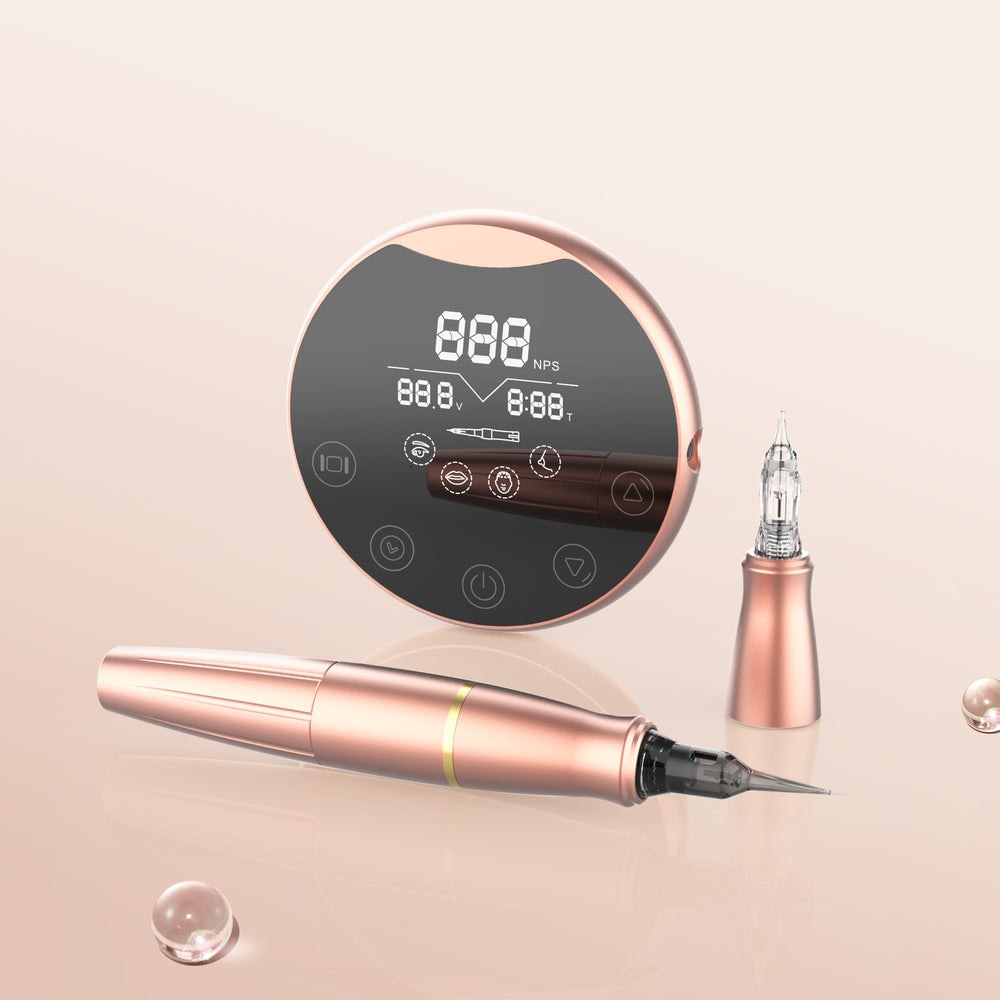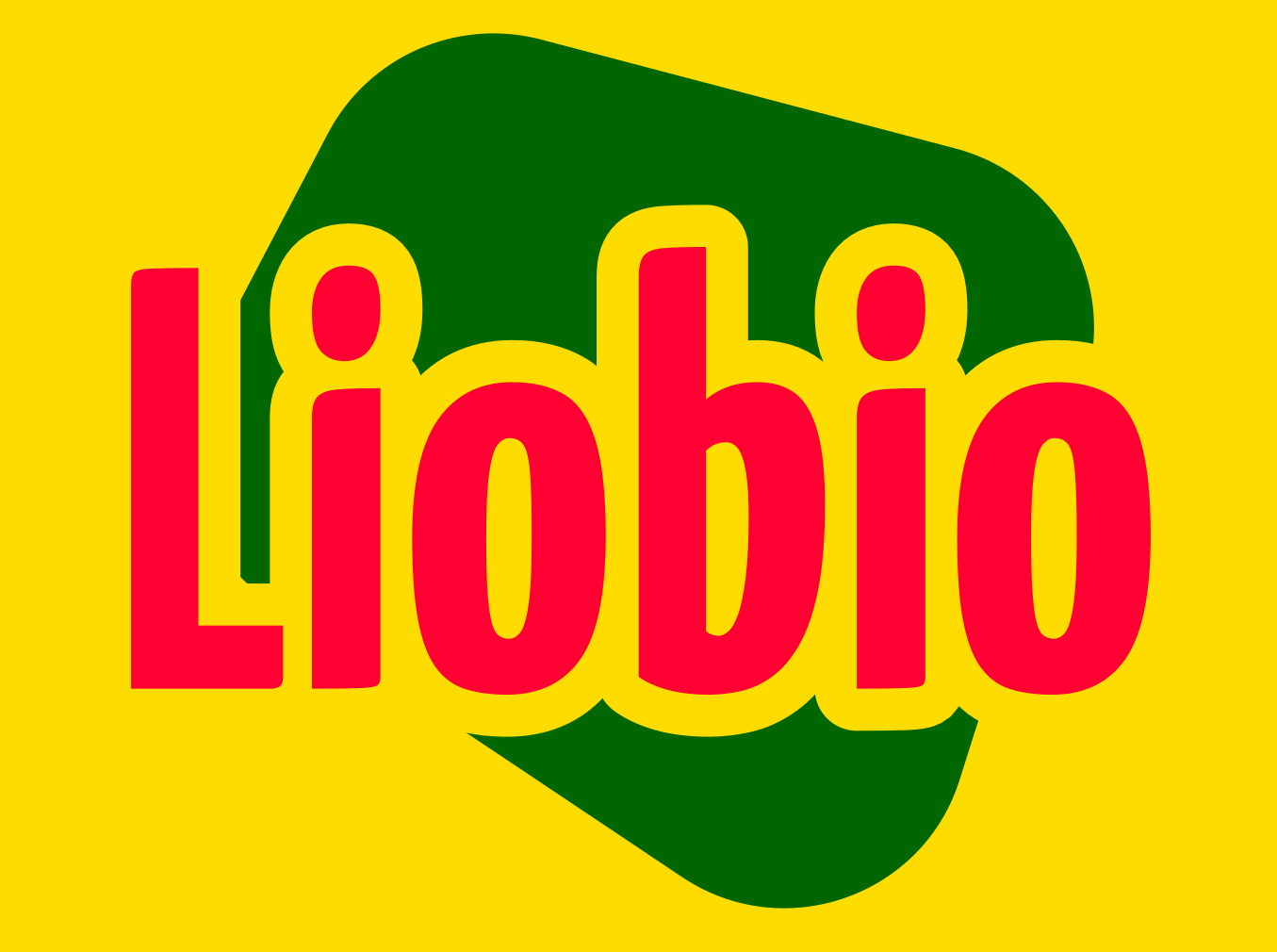In the world of beauty, micropigmentation color wheels serve as an essential tool for artists. These color wheels not only guide the selection of pigments but also help in achieving the desired results in permanent makeup applications. This article delves into the intricacies of micropigmentation color wheels, providing a comprehensive understanding for both novice and experienced artists.

The Basics of Micropigmentation Color Wheels
The micropigmentation color wheel is a visual representation of colors that helps artists understand how different pigments interact with one another. It is crucial for artists to grasp the concept of color theory, as it influences the outcome of their work. But what exactly does a color wheel consist of?
- Primary Colors: Red, blue, and yellow are the foundation of all other colors.
- Secondary Colors: Created by mixing primary colors, these include green, orange, and purple.
- Tertiary Colors: These are formed by mixing a primary color with a secondary color.
Understanding these categories is vital for artists to mix pigments effectively and achieve the desired shades in micropigmentation.
How to Use Micropigmentation Color Wheels
Utilizing the micropigmentation color wheel effectively can significantly enhance an artist's work. When selecting pigments, consider the following:
- Identify the client's skin tone and undertones.
- Refer to the color wheel to find complementary colors.
- Mix pigments according to the desired shade, keeping in mind the color theory principles.
By following these steps, artists can ensure that the pigments they choose will harmonize beautifully with their clients' natural features.
Common Mistakes to Avoid with Micropigmentation Color Wheels
Even experienced artists can make errors when working with micropigmentation color wheels. Here are some common pitfalls to avoid:
- Ignoring Skin Undertones: Always consider the client's undertones, as they can drastically alter the appearance of the pigment.
- Overmixing Pigments: Less is often more; start with small amounts and gradually adjust.
- Neglecting Color Theory: A solid understanding of color relationships is essential for successful outcomes.
Conclusion: Mastering the Art of Micropigmentation
In conclusion, mastering the micropigmentation color wheels is crucial for any artist looking to excel in the field of permanent makeup. By understanding the fundamentals of color theory and applying them effectively, artists can create stunning results that enhance their clients' natural beauty. For those interested in exploring high-quality pigments and tools, visit .
As you continue your journey in the beauty industry, remember that the right knowledge and tools can make all the difference in your artistry.


